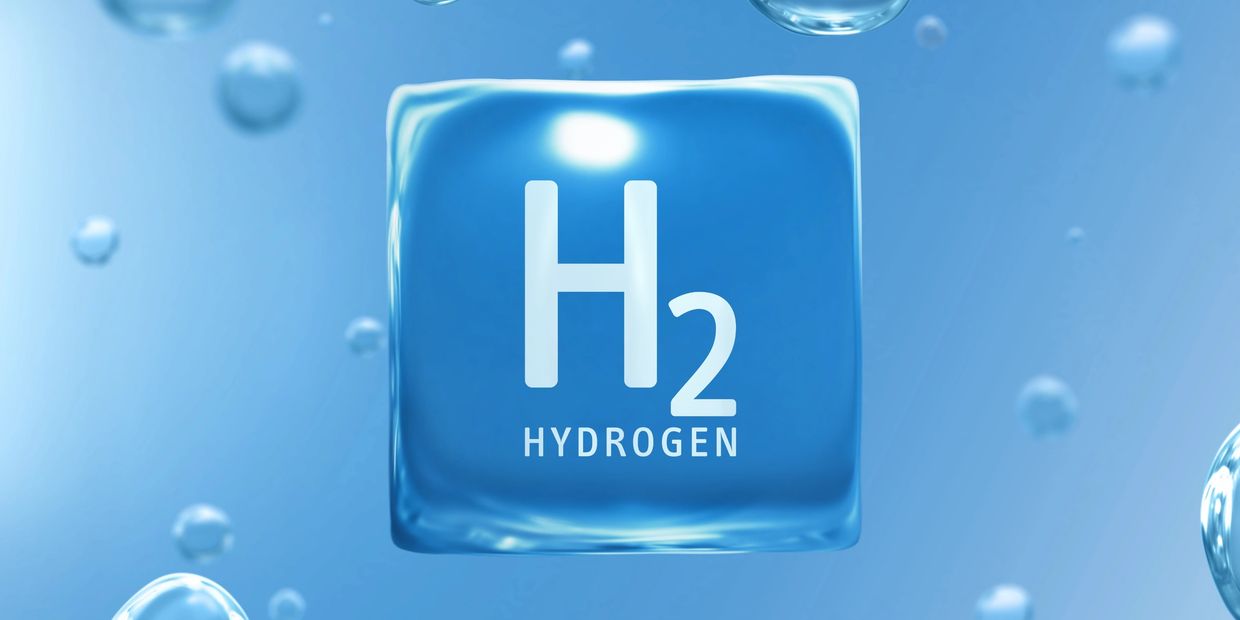About Hypurstool

What is Hydrogen
Hydrogen is the lightest and most abundant element in the universe. Located at the top of the periodic table with the atomic number 1, hydrogen consists of a single proton and a single electron. In its natural diatomic form (H₂), hydrogen is a colorless, odorless, and highly flammable gas.
Although rarely found in its pure molecular form on Earth, hydrogen is bound in water (H₂O), hydrocarbons, and organic matter. Once isolated, H₂ becomes an incredibly versatile energy carrier.
Why Hydrogen
Hydrogen is a critical enabler of the global clean energy transition. As a zero-emission energy carrier, hydrogen can be produced from renewable electricity or organic waste sources and used across sectors, ranging from transportation and power storage to heavy industry, without generating carbon dioxide at the point of use. With an energy density of approximately 120 megajoules per kilogram, hydrogen contains nearly three times more energy by weight than gasoline or diesel, making it especially valuable in applications where batteries fall short, such as long-haul transport, aviation, and seasonal energy storage.
Unlike fossil fuels, hydrogen can be stored over long periods, transported as a gas or liquid, and converted efficiently to electricity in fuel cells, at 40–60% efficiency, compared to just 20–30% in combustion engines. It supports grid flexibility, enables decentralized energy systems, and has the potential to decarbonize hard-to-electrify sectors. Importantly, when produced through methods like photo-fermentation using waste materials, hydrogen not only displaces fossil fuels but also helps close the loop on organic waste management.
At Hypurstool, we believe hydrogen is more than just a fuel, it’s a cornerstone for clean energy independence. Our mission is to make hydrogen production clean, affordable, and local, starting with the untapped potential in wastewater.
Common Energy sources and Storages
Energy Densities Ranked from highest to lowest
Hydrogen
Compressed Natural Gas
Propane
Diesel
Gasoline
Jet Fuel
Biodiesel
Coal
Ethanol
Methonol
Ammonia
Lithium-ion Batteries
Supercapacitors
Commonly accepted energy densities. Some variance may be found in other sources due to LHV vs HHV.
This website uses cookies.
We use cookies to analyze website traffic and optimize your website experience. By accepting our use of cookies, your data will be aggregated with all other user data.